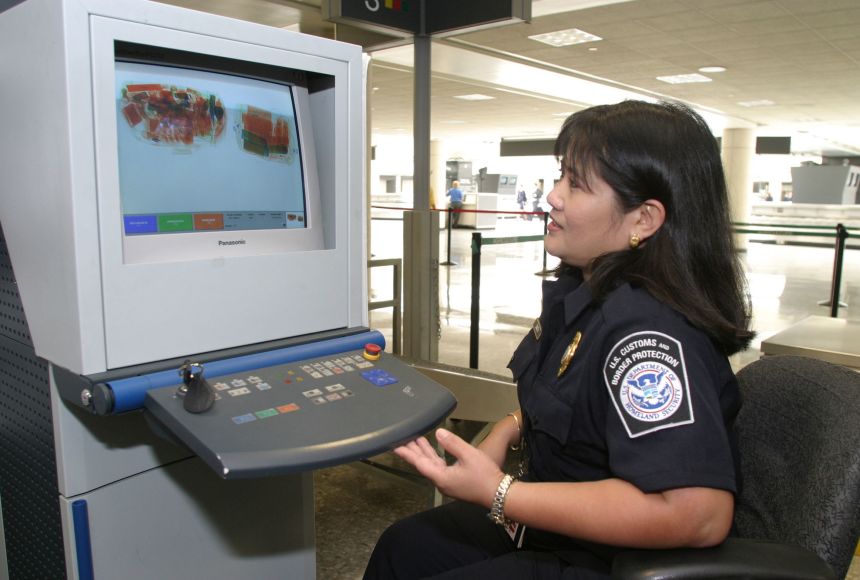What Are Tariffs, and What Do They Do?
A tariff, at the most basic level, is a tax charged on goods or services as they move from one country to another. You may also see them referred to as a “customs duty,” as the term is often used interchangeably with “tariff.” Tariffs are typically charged by the country importing the goods. They serve two purposes: economically, they generate revenue for the importing country and protect home-based industries producing those same goods. Some tariffs, called protective tariffs, charge a higher tax on imported goods so the domestically produced versions of the same goods can be sold at a more competitive price.
In contrast to protective tariffs, revenue tariffs exist primarily to raise money on goods that are not produced domestically, allowing the government to invest in other resources. For example, nonprotective tariffs include import taxes on oil produced elsewhere, or products that are only produced in other countries.
Tariffs in the World Economy
Tariffs have grown and evolved as modern world trade has advanced. Starting in the mid-20th century, large-scale international trade has grown exponentially. One of the earliest attempts to regulate world trade was the General Agreement on Tariffs and Trades (GATT) in 1948, which sought to open negotiations, set international standards, and reduce tariffs to encourage trade.
However, the GATT was not a permanent world-trade solution, leading to the largest international trade negotiation in history: the Uruguay Round. As a result of the Uruguay Round (which lasted from 1986–1994), the World Trade Organization (WTO) was created to supervise and manage international trade and tariffs. For the first time, it was not just goods that were subject to international trade rules and tariffs—services and intellectual property (like designs and technology) were included as well.
Benefits of Tariffs
Tariffs mainly benefit the importing countries, as they are the ones setting the policy and receiving the money. The primary benefit is that tariffs produce revenue on goods and services brought into the country. Tariffs can also serve as an opening point for negotiations between two countries. The GATT, WTO, and other trade agreements use regulation of tariffs as a way to bring nations together to determine economic policy.
Tariffs can also support a nation’s political goals, and help the country stabilize or regulate its own industries. A government can set taxes on domestic products that are in line with international tariffs to level the playing field. Tariffs can make a market predictable. A prime example of this is the agricultural trade, which is subject to quotas, import limitations, and tariffs.
Drawbacks of Tariffs
Tariffs can antagonize existing issues between governments, leading to consequences that are political as well as economic. A famous example of tariffs changing the global political scene is the American Revolutionary War. One of the main issues driving a wedge between Britain and its American colonists was the high tariffs placed on goods shipped to the colonists. The Townshend Acts (passed in Parliament) established high tariffs on the colonies, who had no say in the measures. “No taxation without representation” became a rallying cry for the colonists, and helped fuel the resentment that led to the American Revolutionary War.
The politics involved in tariffs can also trigger escalating trade conflicts between countries in modern times as well. In 2018, the United States implemented protective tariffs on steel and other imported goods from around the world. Other nations, particularly in the European Union and China, found this problematic, saying they would add new tariffs on U.S. products like motorcycles, orange juice, and bourbon as a result. At the time, European Union Trade Commissioner Cecilia Malmstrom called it a “dangerous game” on the world stage.
For better or worse, tariffs help shape world markets and relationships on a daily basis. Government trade negotiations may seem pretty distant from most of our everyday lives, but we buy products affected by tariffs every day: food, clothes, cars, electronics, and more. The prices of these products may be protected by import tariffs if the product is also produced domestically, or the price may be increased by tariffs if it comes from another country. Even if we cannot see the tariff negotiations going on behind everything we use, know that they exist and they are constantly guiding our consumption from behind the scenes.
